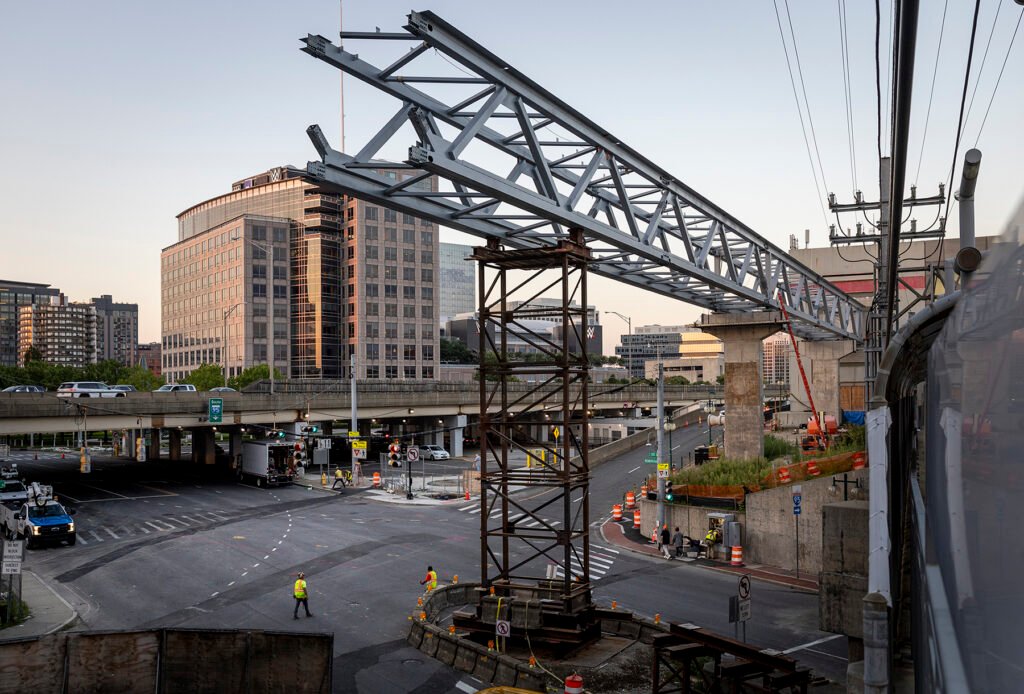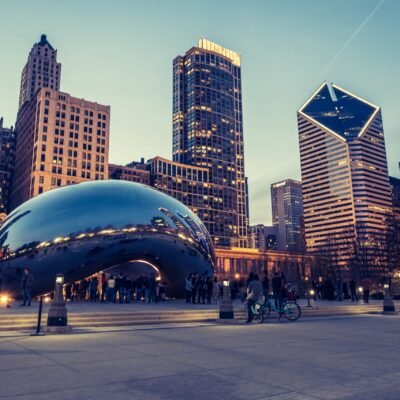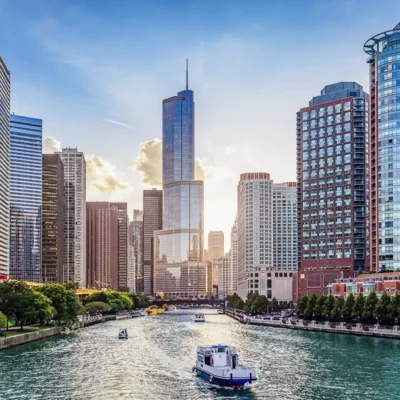The recent collapse of the Baltimore Bridge has left the city and the nation reeling. The tragic incident, which resulted in significant damage and disruptions, has raised pressing questions about infrastructure safety, emergency response, and the long-term impact on transportation and commerce. While misinformation has circulated regarding real estate developer Larry Silverstein’s connection to the event, no credible evidence supports such claims. Instead, the focus remains on understanding what happened, who is responsible, and what steps must be taken to prevent future disasters.
The Collapse: What Happened?
The Baltimore Bridge, a key transportation artery for the region, suffered a catastrophic failure when a massive cargo ship collided with one of its structural supports. The impact caused a significant portion of the bridge to collapse into the water, cutting off a major transportation route and endangering the lives of those on the bridge at the time. Emergency responders rushed to the scene, conducting search-and-rescue operations while officials worked to assess the full extent of the damage.
Immediate Impact and Response
The bridge collapse has had widespread consequences:
- Traffic and Transportation Disruptions: The bridge served as a major connector for commuters and commercial transport. With its sudden loss, alternate routes have been overwhelmed with congestion.
- Economic Fallout: The port of Baltimore, one of the busiest in the country, relies on efficient transportation routes. The collapse has disrupted shipping schedules and affected supply chains.
- Loss of Lives and Injuries: Authorities have confirmed multiple casualties and injuries, further heightening concerns about infrastructure safety and emergency preparedness.
Local and federal authorities have launched investigations to determine the exact cause of the collision and whether negligence played a role. Meanwhile, engineers and city planners are assessing how best to rebuild the bridge as quickly and safely as possible.
Larry Silverstein: Unrelated to the Incident
Following the collapse, unfounded rumors surfaced online linking real estate mogul Larry Silverstein to the tragedy. Silverstein is best known for leasing the World Trade Center shortly before the September 11 attacks and overseeing its reconstruction. However, there is no connection between Silverstein and the Baltimore Bridge collapse.
The speculation likely stems from conspiracy theories surrounding Silverstein’s insurance policies on the World Trade Center, which have been widely debated for years. However, no credible reports, government investigations, or evidence suggest that Silverstein had any involvement with the Baltimore Bridge or any related infrastructure projects.
Infrastructure Safety in the U.S.: A Growing Concern

The Baltimore Bridge collapse is not an isolated incident. Across the United States, aging infrastructure has become a serious concern. The American Society of Civil Engineers (ASCE) has repeatedly warned that many bridges, highways, and public transit systems are in urgent need of repairs and upgrades.
Key concerns include:
- Structural Integrity of Bridges: Many bridges were built decades ago and were not designed to withstand modern traffic loads or accidental impacts from large vessels.
- Federal and State Funding Challenges: Infrastructure projects require massive investments, and budget constraints often delay necessary maintenance and upgrades.
- Safety Regulations and Inspections: There is increasing pressure on regulatory bodies to enforce stricter inspection schedules and ensure compliance with safety standards.
Rebuilding Baltimore’s Bridge: What Comes Next?
The collapse has sparked immediate discussions about how to rebuild the bridge, and several factors will play a role in the process:
- Funding and Costs: A project of this magnitude will likely require federal aid, insurance payouts, and state funding.
- Engineering Innovations: Modern engineering techniques can ensure the new bridge is stronger and more resistant to future accidents.
- Timeline for Completion: While officials aim for a swift rebuild, large-scale infrastructure projects typically take years to complete.
Conclusion
The Baltimore Bridge collapse is a devastating event with far-reaching implications. While conspiracy theories continue to circulate, it is crucial to focus on the facts: investigating the cause, ensuring accountability, and taking decisive action to rebuild stronger infrastructure. The tragedy underscores the urgent need for better infrastructure investments to prevent similar disasters in the future. As Baltimore moves forward, the resilience of its people and the dedication of its leaders will play a crucial role in recovery and rebuilding efforts.
Rebecca Hessel Cohen’s Net Worth: The Fortune Behind LoveShackFancy





